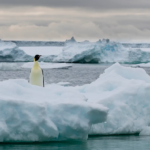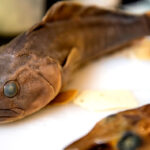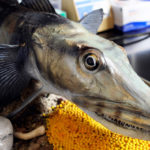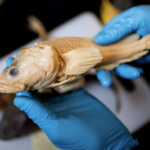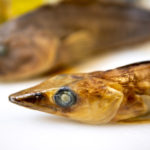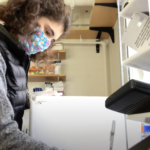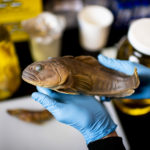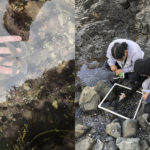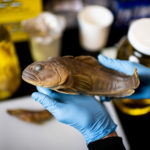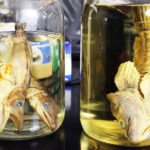About H William Detrich
Evolutionary processes have created organisms and communities that are stunningly beautiful and complex, yet unexpected by and novel to biological scientists. Major examples are found in the cold Southern Ocean (–1.8 to +1°C), among which the cold-loving notothenioid fishes of the Antarctic are the subject of my research. One central strategy of my work is the comparative approach to adaptational evolutionary biology – my laboratory uses phylogenetically controlled contrasts to evaluate molecular causation in natural experiments, such as the evolution of proteins to function efficiently at cold temperature. Once we establish potential explanations for such phenomena, we exploit genetically tractable systems, such as the zebrafish, to test our hypotheses under controlled laboratory conditions. Such “model hopping” is a powerful approach to solving problems that are cannot be answered using a single system.
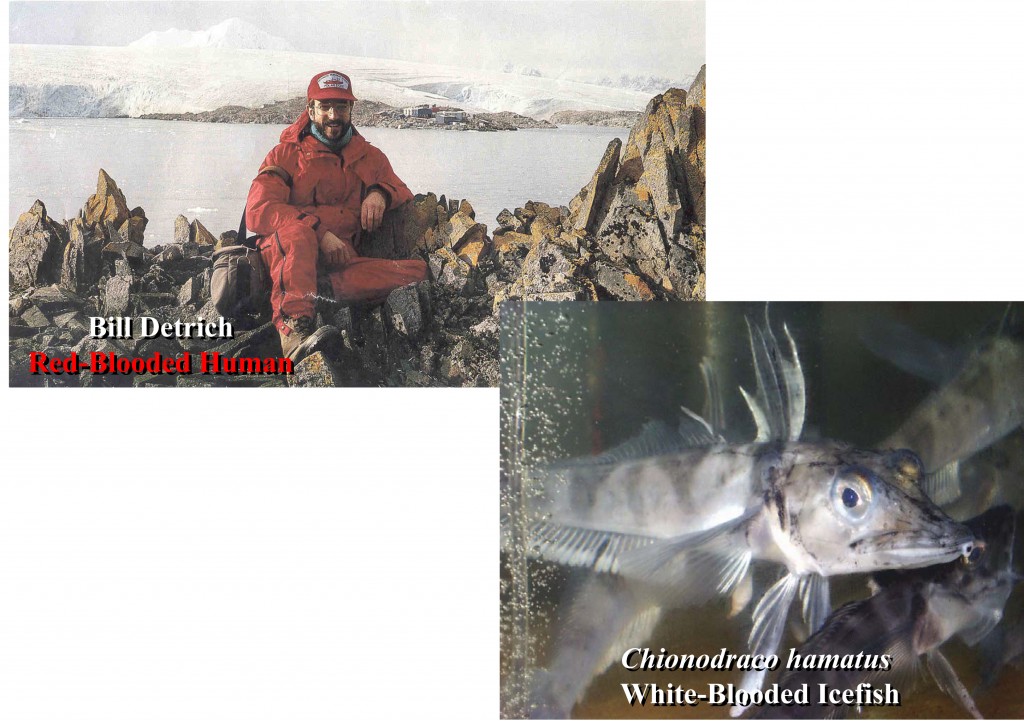
My laboratory is currently investigating three important problems:
- The Cold-Adapted Microtubule Cytoskeleton: Evolution of Tubulins and the Protein-Folding Complex CCT. We are testing the hypothesis that the tubulins and the protein-folding chaperonin CCT of Antarctic fishes have coevolved to interact and to function efficiently at cold temperature.
- The Evolution of the Erythro
Publications:
-
Google ScholarRead


